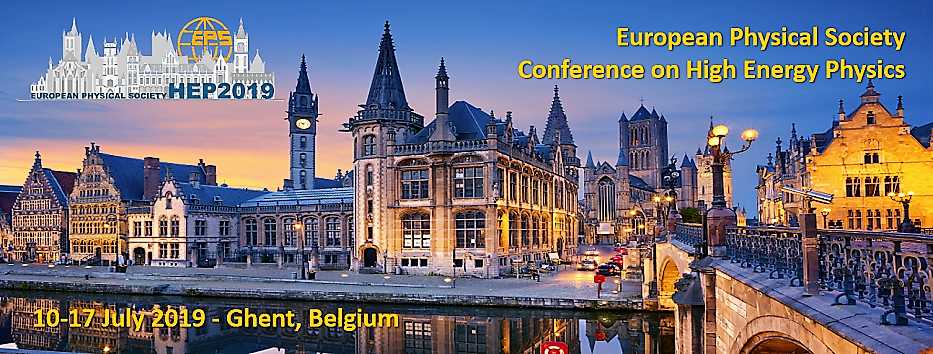Speaker
Description
High energy hadron colliders are powerful tools for high energy physics research. The later experience at the Large Hadron Collider showed the fundamental need of strong Landau damping to keep the beams on stable orbits and achieve the luminosity goals needed for studying rare physics events. In the LHC the Landau damping is ensured by Landau octupole magnets that provide the necessary detuning with amplitude. For future higher energy colliders (i.e. FCC-hh or HE-LHC) these devices are limited due to the energy and intensity steps foreseen. For these reasons other mechanism are explored to provide the necessary Landau damping for transverse beam stability. In this study we highlight the physics mechanism and challenges of the different methods explored over the years (i.e. Landau octupoles, Radio frequency Quadrupoles, Electron-lens, second order chromaticity). Details on how the design of future higher energy colliders is modified by the presence of strong Landau damping devises is covered showing the challenges and improvements in the collider performances.
